Switching From Android to iPhone: Everything You Want and Need to Know

Written By Axel Nash |

The competition between Android and iOS has caused many controversies that will not end anytime soon. So, if you're looking to switch from Android to iPhone, chances are you'll wonder whether you're making the right decision.
If you're curious whether switching from Android to iPhone is brilliant, you've come to the right page. Here, we'll walk you through everything you need before switching to an iPhone from an Android. You have to stick with us till the end of this post!

Part 1: Switch From Android to iPhone: What You Will Like
There are many pleasant additions the iPhone brings to the table. So, let's discuss the upsides of switching from Android to iPhone.
1. Fewer Security Flaws

When speaking of smartphone security flaws, we can't deny that iPhones stand out in the industry. Unlike Android, iPhone has a stricter security system, making it difficult for unauthorized users to access a user's device without their consent easily. From an exclusive App Store to consistent software updates and a closed ecosystem, iPhone makes it difficult for hackers to invade users' data.
2. Ease of Use

It might sound surprising, but iPhones are simpler to use than Androids. Although Android gives you complete control over your device, you require technical knowledge to perform various customizations smoothly.
Apple iOS devices boast a straightforward interface that anyone can operate without requiring advanced knowledge. From quickly finding all apps on the home screen to finding various settings under a specific menu and lots more. Besides, thanks to their excellent built-in features, you don't need to perform too much setup to start using your phone.
3. Amazing Apple Ecosystem
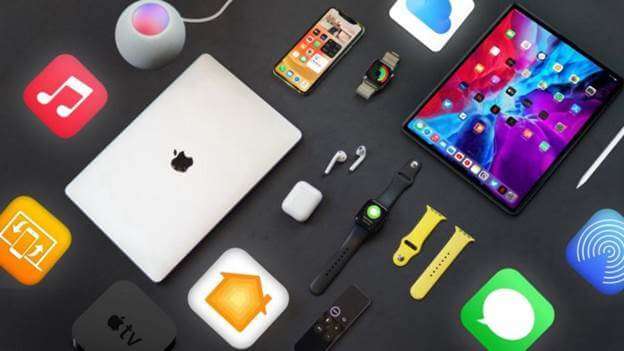
Another amazing thing about iPhones is that they work seamlessly together. As we all know, Apple has various devices, including smart watches, iPhones, iPads, and computers. And you can sync data on an iPhone to other Apple devices, which makes it easy for you to access data on various devices without necessarily having to download applications to link the data.
4. Powerful Cameras

It's undeniable that iPhones have excellent cameras for taking crystal-clear photos and shooting HD videos. Although their camera spec does not match most Android phones, the chipset and software tricks integrated into them allow them to produce more realistic and natural-looking photos that ticks boxes around.
5. Prompt Software Updates

One thing that makes iPhones stand out in the smartphone industry is the prompt software update for released old and new devices.
Apple always ensures every new software update is available across all devices that are not older than eight years at the same time. But Android, on the other hand, only receives software updates after a few weeks or months after Google launches a new Android version.
6. Better Apps
As surprising as it might sound, developers provide the best quality apps on iPhone compared to Android. Yes, this is because most developers find it difficult to create games and apps for Android devices compared to iPhones.
There are fewer iPhone models in the smartphone industry than Android. So, it is easier for developers to optimize apps on iPhones than on hundreds of Android phones from various manufacturers.
Overall, iPhone does not support the download of apps from any platform aside from App Store, thus giving users a 100% guarantee that the apps are safe to use.
7. Retain Value

It's undeniable Apple iPhone has better resale value compared to Androids. And this is because they're made of better quality materials, making them last longer than their rivals.
Androids usually tend to depreciate a year or two after release. However, iOS devices could hold up their price for a long time, and you could end up selling them for a price close to your initial investment.
Part 2: Switch Android to iPhone: What You Will Dislike
Even though iPhone is packed with many fascinating innovations, there are some things we believe anyone switching from Android to iPhone might find disliking about it. They include the following;
1. Annoying Notification

Managing iPhone's notification system can be quite tricky for a newbie. iPhones do not allow personalization of the kind of notification you get from an app within the app. And similar app notifications are usually packed together, making the lock screen look jampacked.
Ultimately, the iPhone notification system feels less intuitive compared to Android. However, you should get used to it along the line.
2. Google Apps Feel Odd on iOS
Using Google apps like Docs and Sheets on iPhone feels less intuitive. Although the iPhone version of these apps emulates the Android version, certain features like triple tap to highlight text in Docs and the creation of forms, charts, and tables in Sheets is unavailable.
An Android user will feel too limited using the Google apps on iPhone.

3. Limited Customization

Apple iPhone does not give you full control over your smartphone's customization. You can't personalize your home screen, download apps from other platforms, change app icons, and do many other things that an Android phone would allow you to do.
You'll find the limitation on iPhone quite frustrating if you like to have full control over the customization of your device.
4. Can't Screen Mirroring Netflix
Unfortunately, the disagreement between Netflix and Apple affects how the app functions on iPhone, which makes it impossible for iPhone users to use the AirPlay feature to mirror Netflix on a bigger screen.
Part 3: How To Switch From Android to iPhone
If you eventually decide to get an iPhone, you'll need to transfer data from your Android to the new iPhone. But how do you go about it? Well, there are various workarounds you can use to approach the situation. Here, we've explained the best two methods you can use without requiring technical knowledge.
Method 1: Using Move to iOS
The official way to transfer data from Android to iPhone is by using the Move to iOS tool. Apple developed the tool to facilitate data transfer from Android to iPhone, and it's pretty easy to use.
See the stepwise guide to switching from Android to iPhone using Move to iOS below:
Step 1: Install the Move to iOS app on your Android from Play Store. And complete its setup using the on-screen instructions
Step 2: Set up your new iPhone and choose the 'Move Data from Android' option when you get to the App & Data screen.

Step 3: On your iPhone, tap on 'Continue' to get a ten or six-digit code.

Step 4: Enter the digital code on your Android and connect the two phones via a Wi-Fi network.
Step 5: Select the data you want to transfer, which will take some time to complete.
Step 6: Finish setting up your iPhone.
Limitations
- You cannot transfer data without factory resetting your already-using iPhone.
- It's slow.
- The data transfer can get stuck during the process.
Method 2: Via MobileTrans
Since data transfer from Android to iPhone via Move to iOS is usually slow, it's advisable to employ MobileTrans to make the process easier.
MobileTrans allows you to transfer data from Android to iPhone via USB cable, which is faster and does not lag. Plus, it's not limited to just transferring data from Android to iPhone. It can also transfer data from a computer or Google drive to an iPhone. You don't even need to factory reset your iPhone for the operation.
MobileTrans - Phone Transfer
- • Transfer more than 18 types of data between 6000+ phones.
- • Transfer WhatsApp data from Google Drive to iPhone seamlessly.
- • Migrate data from computer to iPhone or vice versa.
- • Transfer apps from Android to iPhone within a few clicks.

 4.5/5 Excellent
4.5/5 ExcellentStep 1: Install MobileTrans software on your computer.
Step 2: Start the program and click the Phone Transfer module. Then, select Phone to Phone.
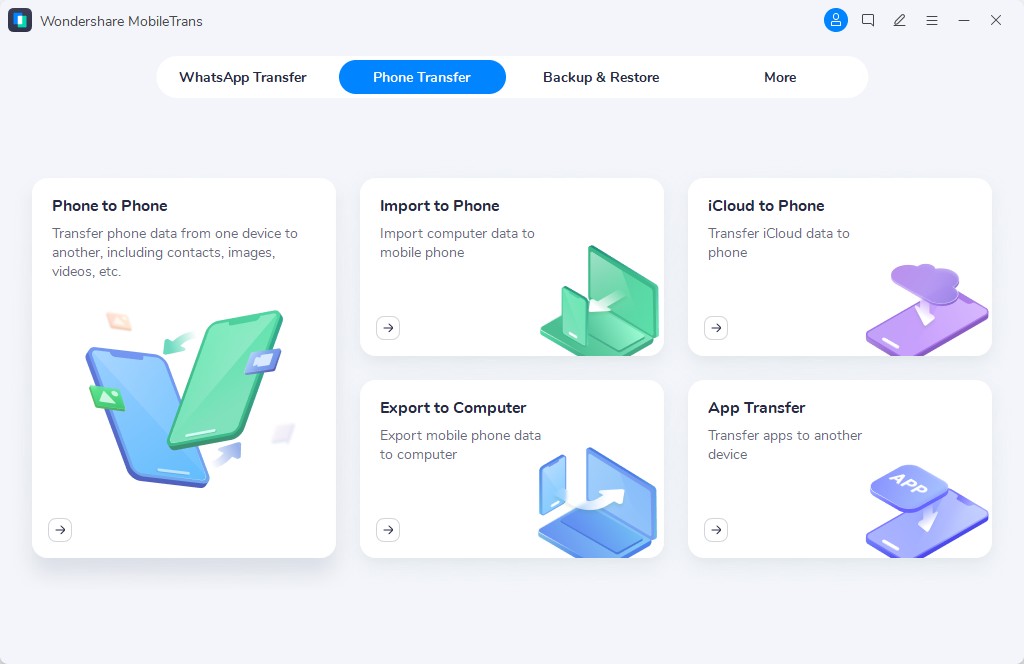
Step 2: Connect the Android and iOS devices to the PC using their USB cable. Once MobileTrans detect both phones, tick the checkbox next to the category of data you want to send and click Start to initiate the data transfer process.
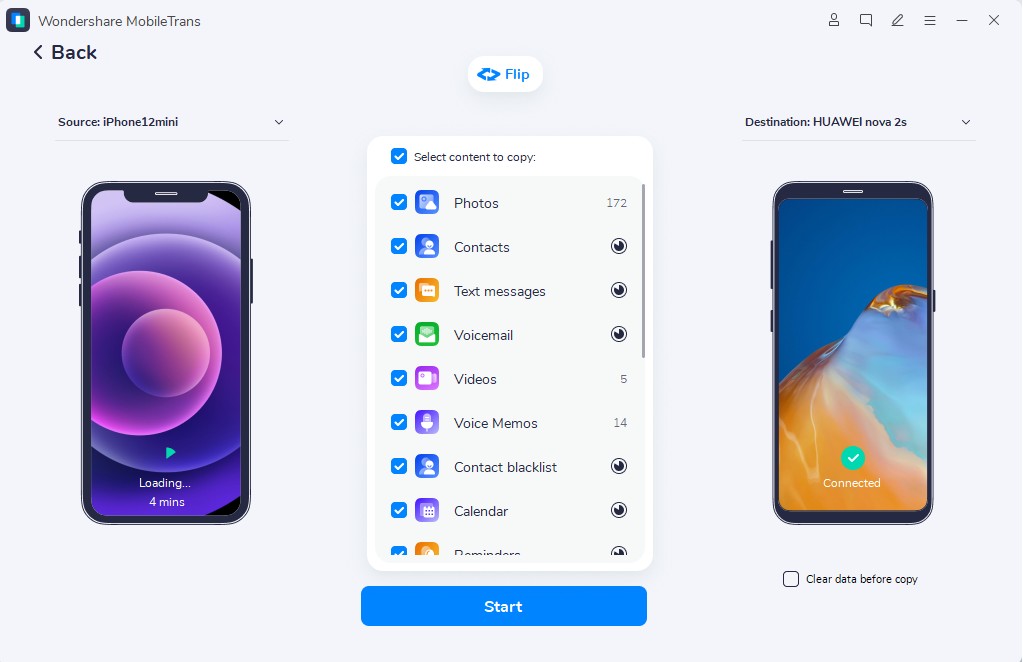
Step 3: MobileTrans will complete the data transfer within a few minutes. After that, disconnect the two phones from the PC.
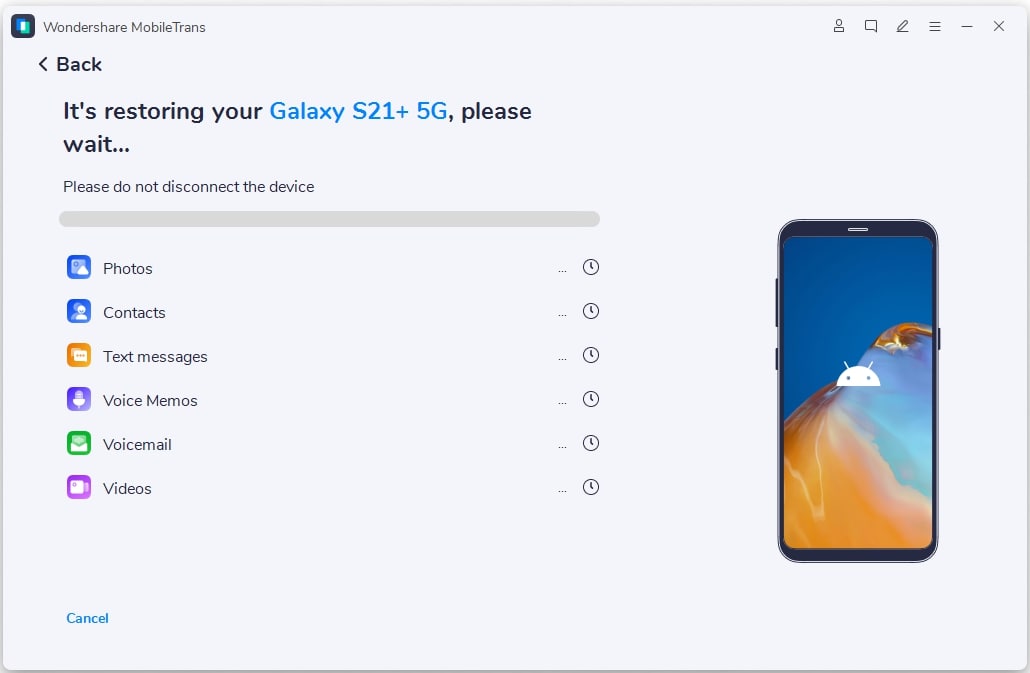
Why Choose MobileTrans
- Fast and smooth data transfer.
- Transfer data during and after setup.
- Transfer WhatsApp Backup on Google Drive to iPhone, which the Move to iOS tool can't.
- It's compatible with more than 6000 types of mobile devices.
The Closing Thoughts
Switching from Android to iOS is not a bad decision. Hopefully, the article above should help you make the right choice.
However, once you acquire your iPhone, don't forget you can use tools like Move to iOS or MobileTrans to migrate your Android data to your iPhone. Though we highly recommend using MobileTrans for a faster Android-to-iPhone data transfer operation.
MobileTrans - Transfer Data between iOS and Android
Easy Data transfer between different phones. The 1-click solution to backup WhatsApp chats on iOS/Android devices.
New Trendings
Top Stories
All Categories
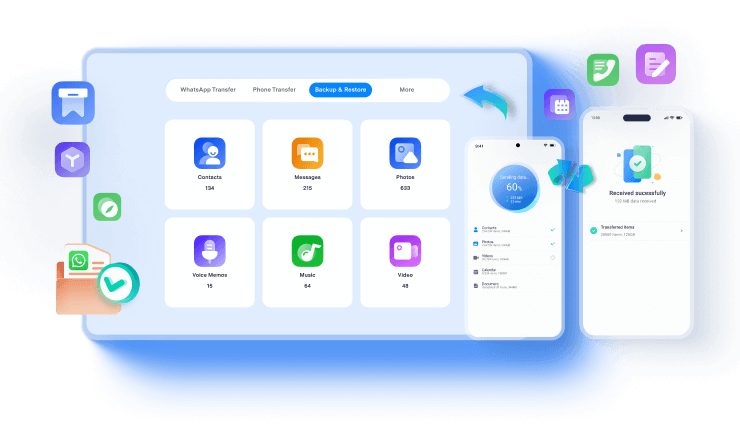
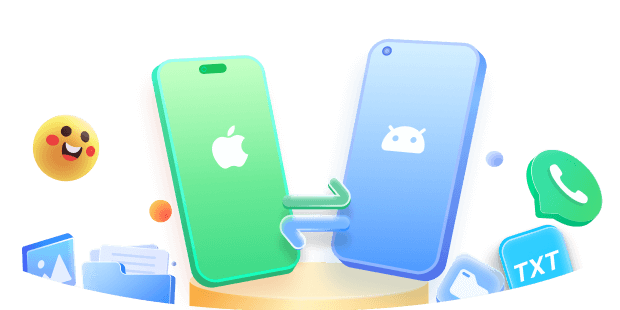




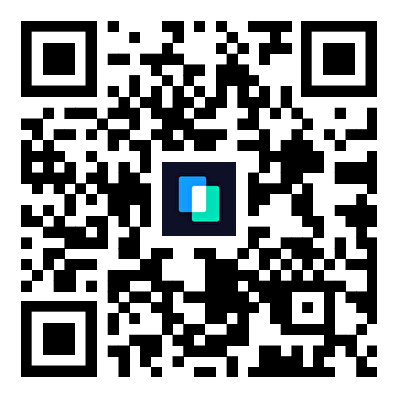
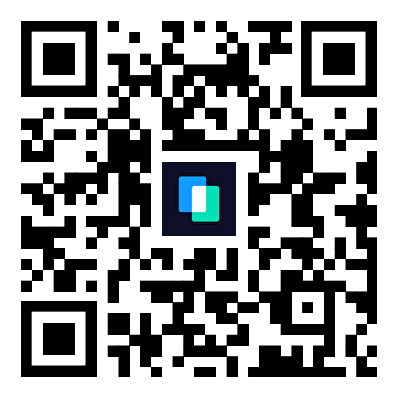
Axel Nash
staff Editor